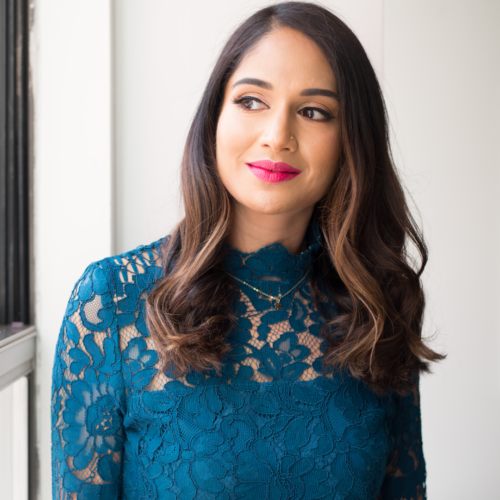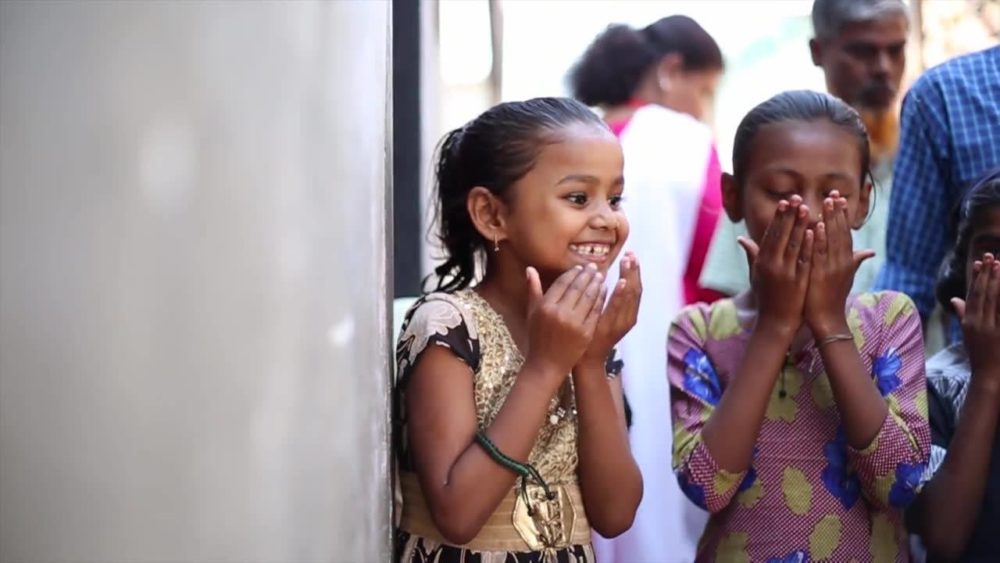
One of my favorite things about building Bridge2Act was being introduced to some incredible nonprofits, and the impactful work they do. We were honored to partner with some major charities (Girls Who Code and LIVESTRONG), but I was personally drawn to some of the smaller, more nimble organizations.
Sundara Fund is one of them.
Their concept is genius – they collect the used soap from leading hotels in India, recycle them into clean bars. The new soap is distributed to orphanages and schools, along with basic and menstrual hygiene education, to improve overall health in these underserved communities. Sundara is operated by women – widows, survivors of domestic violence and trafficking, single mothers – and offers them a dignified wage and benefits (health insurance, childcare, education).
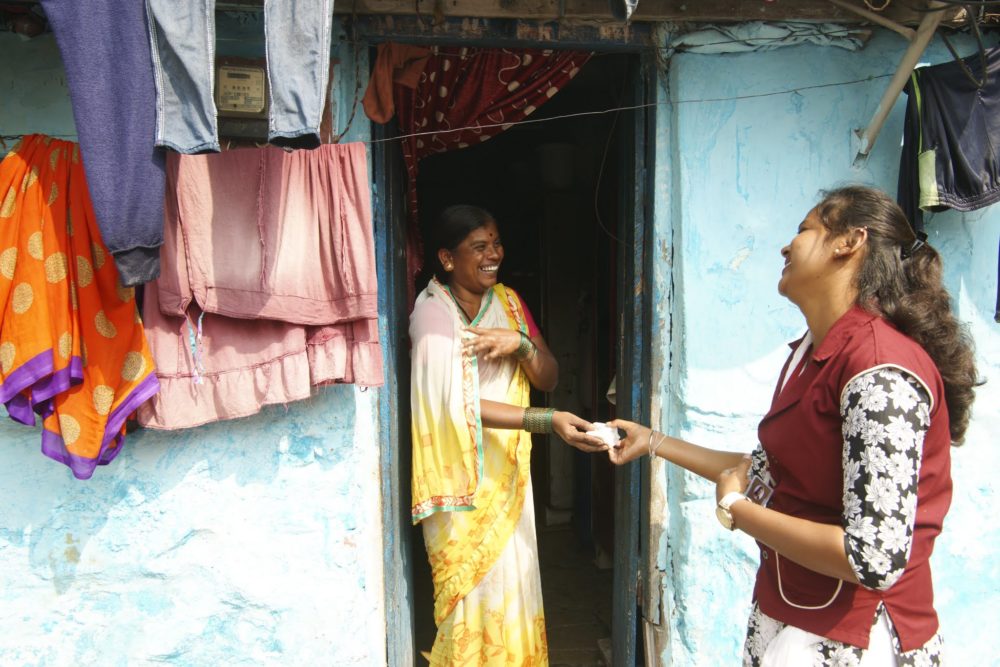
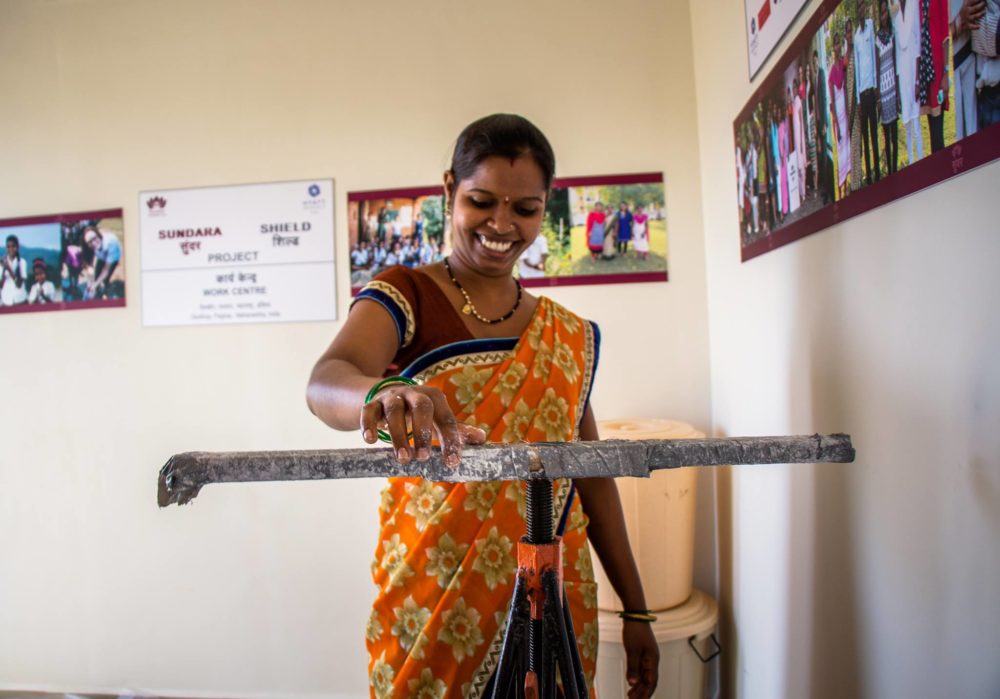
Genius.
I was honored when their founder, Erin Zaikis, invited me to join the board early last year. I accepted happily, though I had a number of questions.
“What does being a board member involve?” “Money, time, leveraging your network.”
“What are the requirements?” “Contribute $5,000 annually to the organization, either individually or via “give-get” (bringing in that amount through donations from others).”
“How much time is this going to take?” “A few hours per month, depending on what you work on.”
My project – planning the gala with my friend (and fellow board member) Anna.
Our goal was to raise $5,000 to open a new soap recycling center in Bangalore, with a modest budget. We hit the ground running – secured Gilded Lily as our venue, wrangled prizes for both the raffle and live auction, landed some press mentions, brought on an auctioneer who doubled as event host, pestered our friends and family to purchase tickets, pestered them again to purchase raffle tickets, found volunteers, and generally ran around like chickens with our heads cut off.

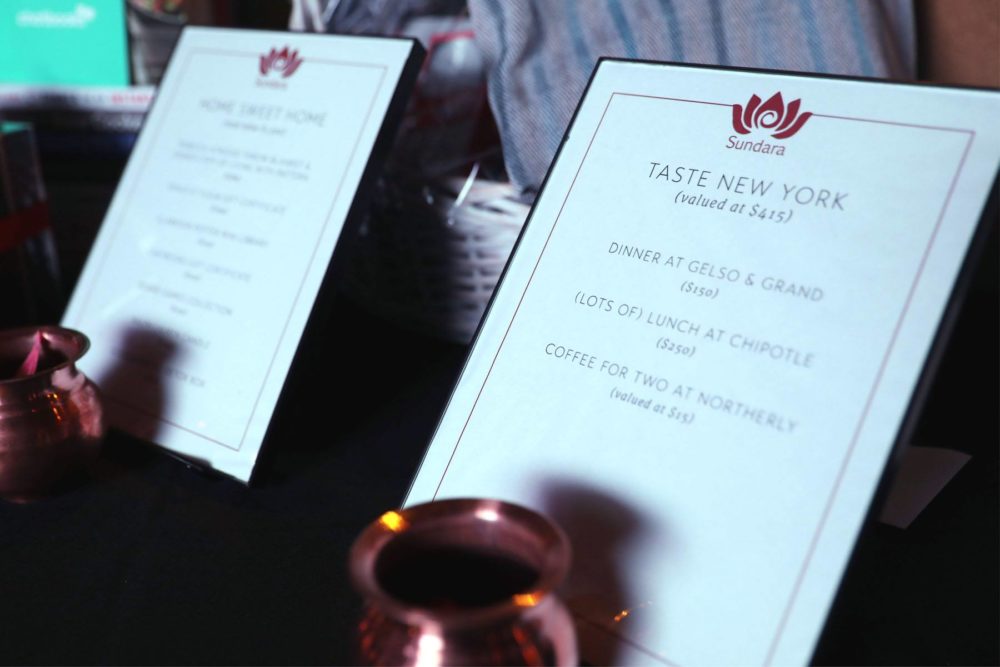
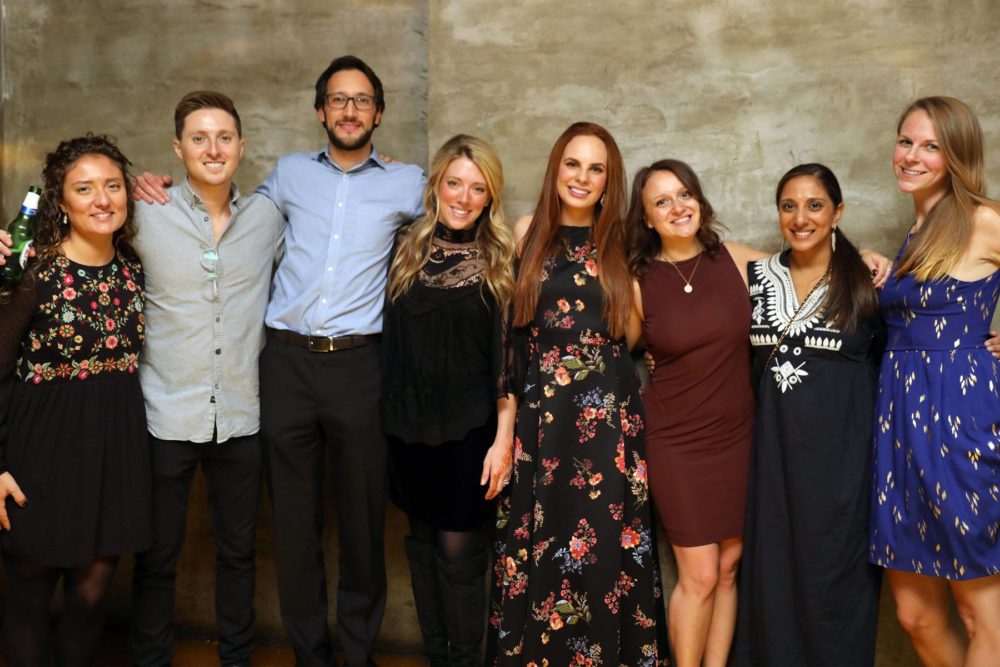
The event was a success. We raised over $15,000, and the operation in Bangalore is up and running.
Planning and executing the gala with Anna is where I devote most of my time and energy to Sundara. I devote about 50 hours in planning the event over a few months, and the bulk of my give-get donations come from the gala (in sponsorships, mainly). I’m lucky to have so many entrepreneurial friends and work with incredible brands, and I truly appreciate their generosity in donating their products and services to this cause. Anna and I work seamlessly together, and laugh a lot in the process. Michelle and Erin provide us a lot of support and a generous budget to work with, but let us drive the event details.
The gala was one of my highlights of 2017.
Sundara’s board member responsibilities are pretty standard (a financial donation, some volunteer hours, leveraging your network to support them). I had been a supporter for two years before joining the board, and it was a logical next step for us.
If you have the time and the finances to support a nonprofit as a board member, I highly encourage you to do so. While there’s no handbook for it, here’s my advice for starting the process.
Find the right nonprofit
A board member’s commitment is substantial, so make sure it’s a cause you’re passionate about and that the organization is run transparently and efficiently. I’d always been drawn to organizations serving Indian women and children and focus on health, so Sundara was a perfect fit for me. I’m partial to smaller nonprofits – the impact of your donation and work is greater realized, and you can get more involved than working with a larger organization. I also recommend finding an organization that’s based or has a chapter close to you. Getting together in-person with Erin regularly helps me stay engaged to Sundara throughout the year (plus, I adore her and love any opportunity to catch up). We used Dollar A Day’s database to prospect our charity partners at Bridge2Act – they have a wide selection of vetted, smaller nonprofits. I highly recommend it.
Volunteer
Sundara and I are a perfect fit because what I can deliver (event planning, auction items, social media and press) is what they were looking for. “What operational areas are you looking for help?†is the first question you should ask when speaking to them. Volunteering your time on a project or to fill a functional area is an ideal way to get involved before committing to a board position, and a step that you should not skip. I helped Sundara with previous fundraisers (venue scouting, securing auction items) before joining the board. Search Catchafire for skills-based volunteer opportunities with various nonprofits, and sign up for a few. You’ll get a better idea of what you like to do, and how to work with a nonprofit.
Connect, connect, connect
While you’re volunteering, assemble your list of nonprofits that you’d like to support and search LinkedIn to see any connections you have into those organizations. Ask for the introduction, explain why you’re interested in that particular nonprofit, list your previous volunteer experience, and mention that you’d like to get involved with their work. It’s always good to work with an organization in some capacity before jumping straight into their board, especially if you plan to be more involved. If you don’t have a connection, that’s totally fine. Look up the executive director (better yet, their chief of staff if they have one), find their e-mail (or address every possible option in the BCC: field), and cold e-mail them. We onboarded 70% of our charities at B2A via cold e-mailing. Many nonprofits are short-staffed, so expect to follow up a couple of times before you get a response. Persistence helps.
Deliver
Set up the meetings and calls. Do a small project here and there. Build the relationship, and you’ll likely be invited to join their board.
But don’t be afraid to ask about their board – who’s on it, how it’s structured, the value they drive. Ask if you can be introduced to a specific member to learn more about their role. Another way to get on a board is to be nominated by another member, so building these relationships is important.
Serving on a nonprofit board is work. But it’s completely worth it.
Sundara 2.0, as we call it, is to bring our model to other countries with local partners who are already focused on hygiene projects. Our goal this year is to raise $50,000 to open an operation in Rwanda at our 2018 gala.
We have an incredible venue (Casa La Femme in the West Village). We’ve lined up some phenomenal auction items (hotel stays in Whistler, a custom Bibhu Mohapatra dress, personal shopping experiences). There will be delicious food and drinks, live performances, and a great group of people coming together to support this impactful organization.
If you’re local to New York, I’d love to see you there (purchase tickets here). And if you don’t, I’d be honored if you wanted to support the organization with a donation.
A look at how we built Bridge2Act (and NO.GIFTS), and how to give back without donating money.

